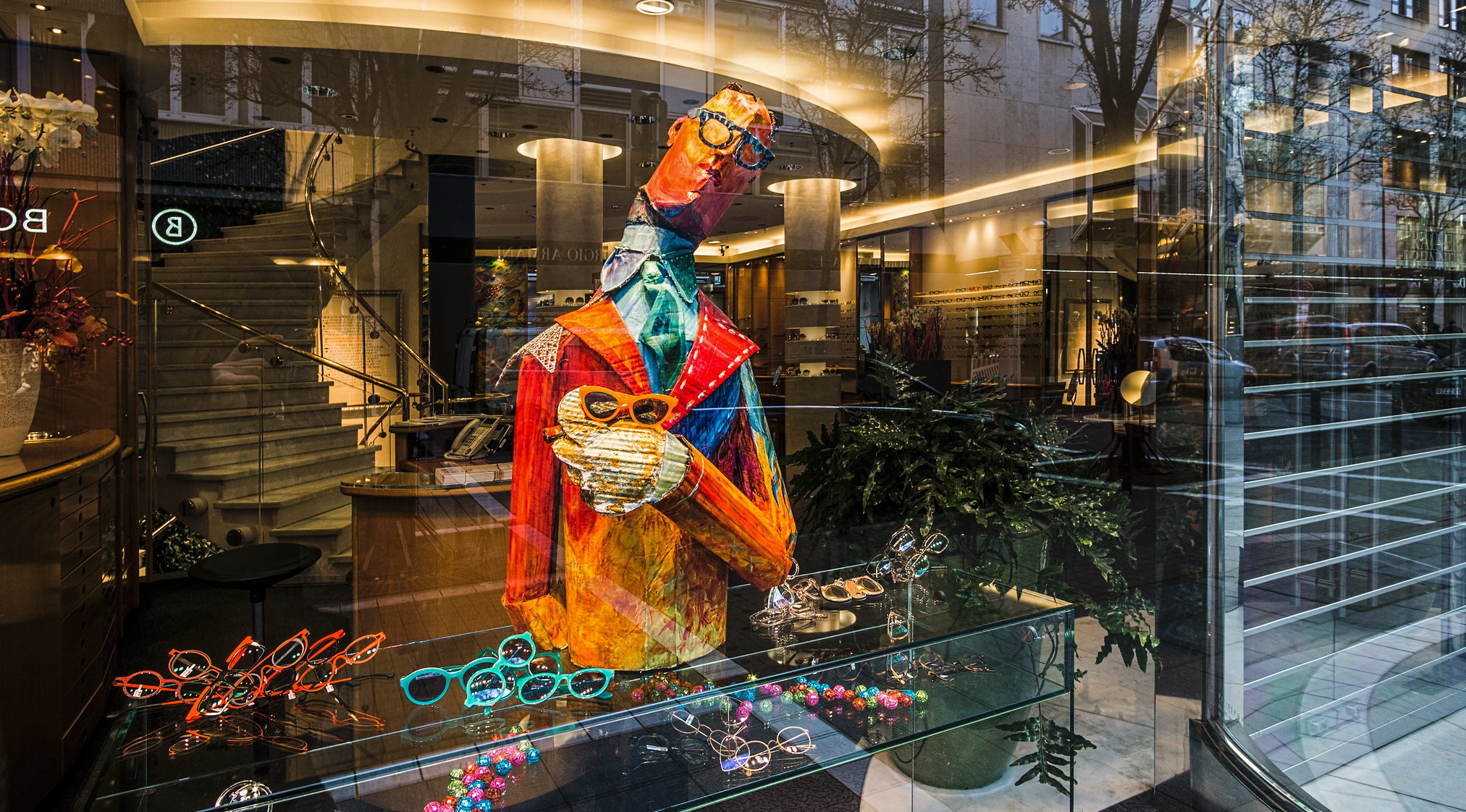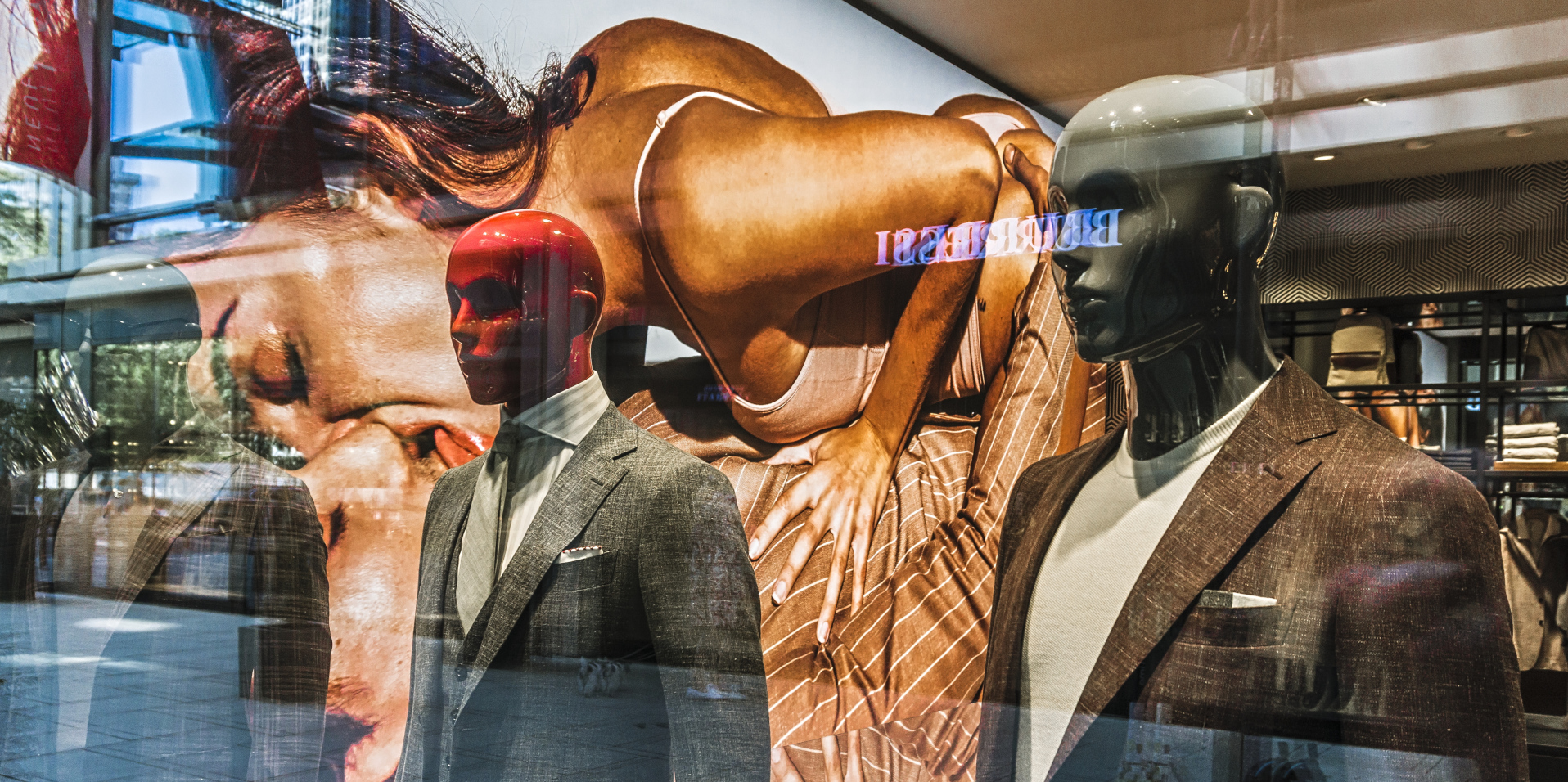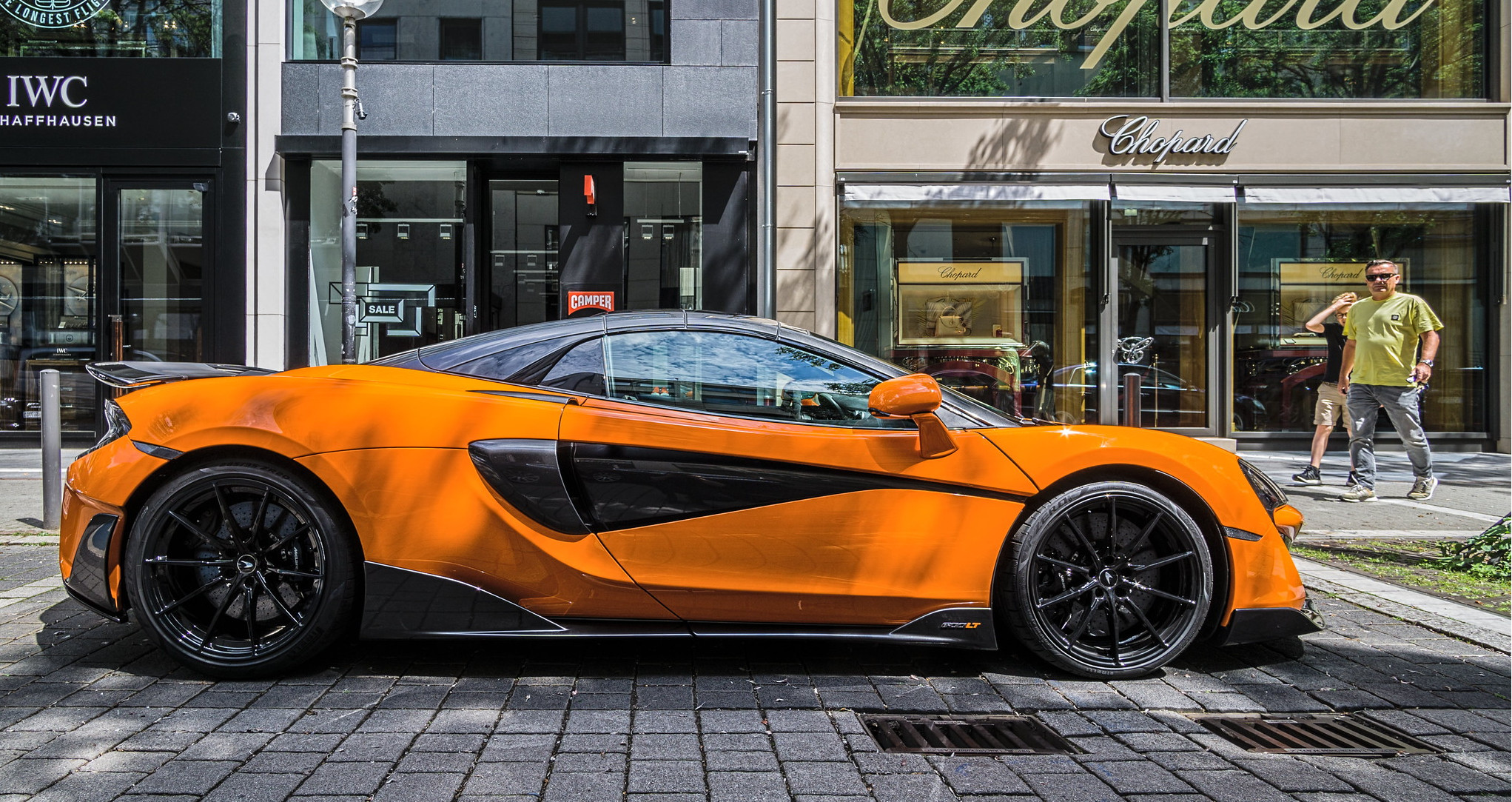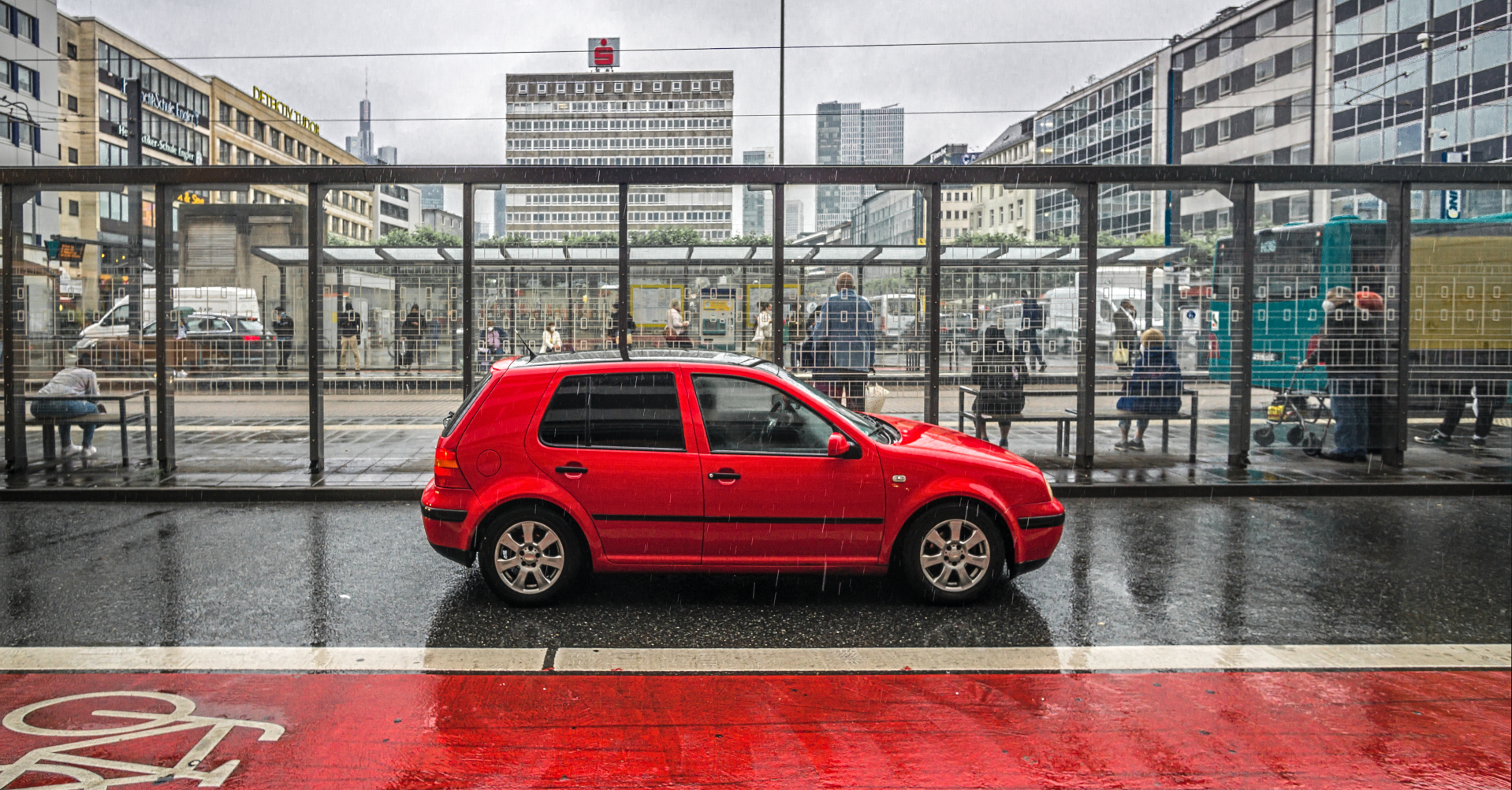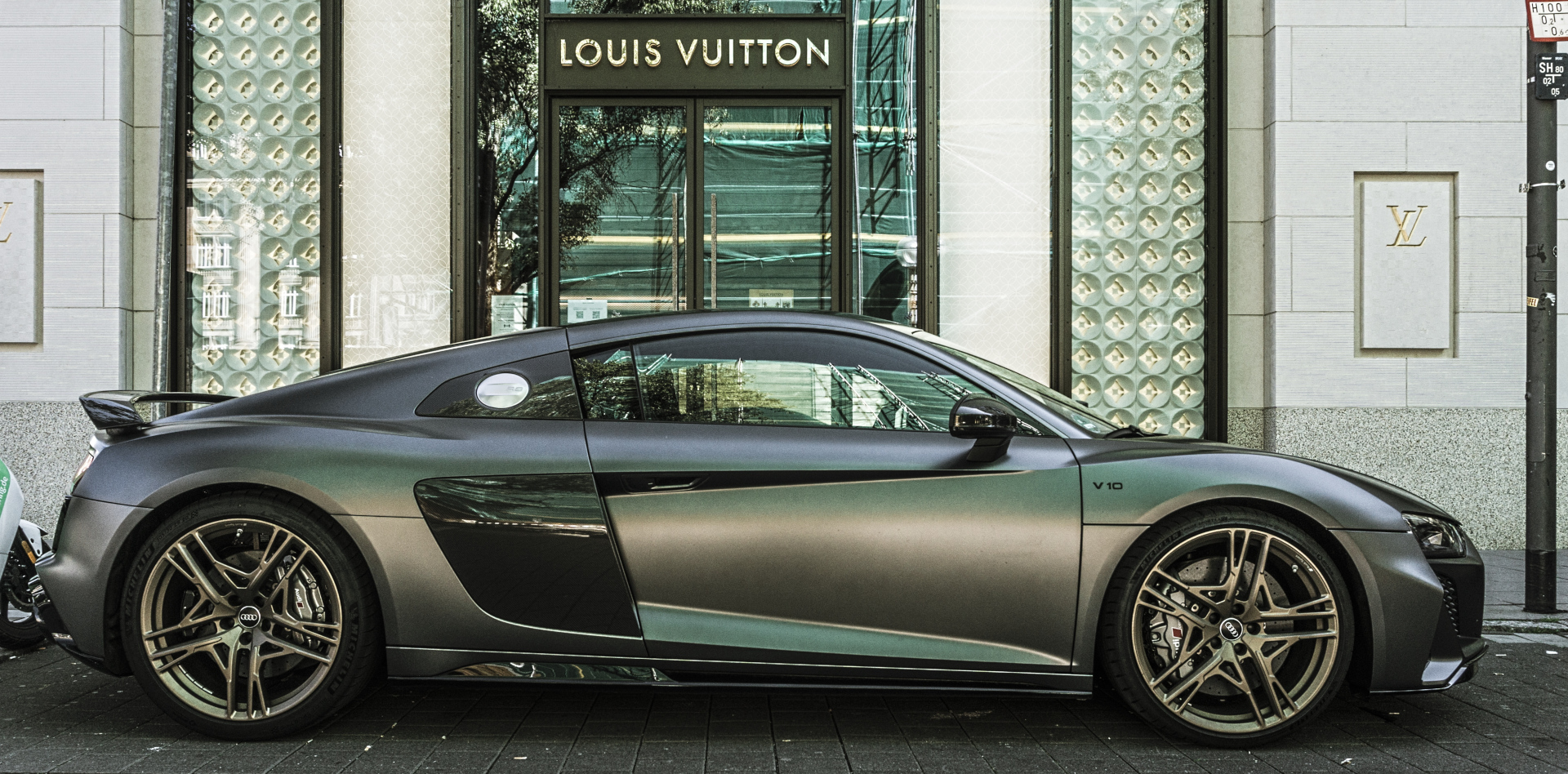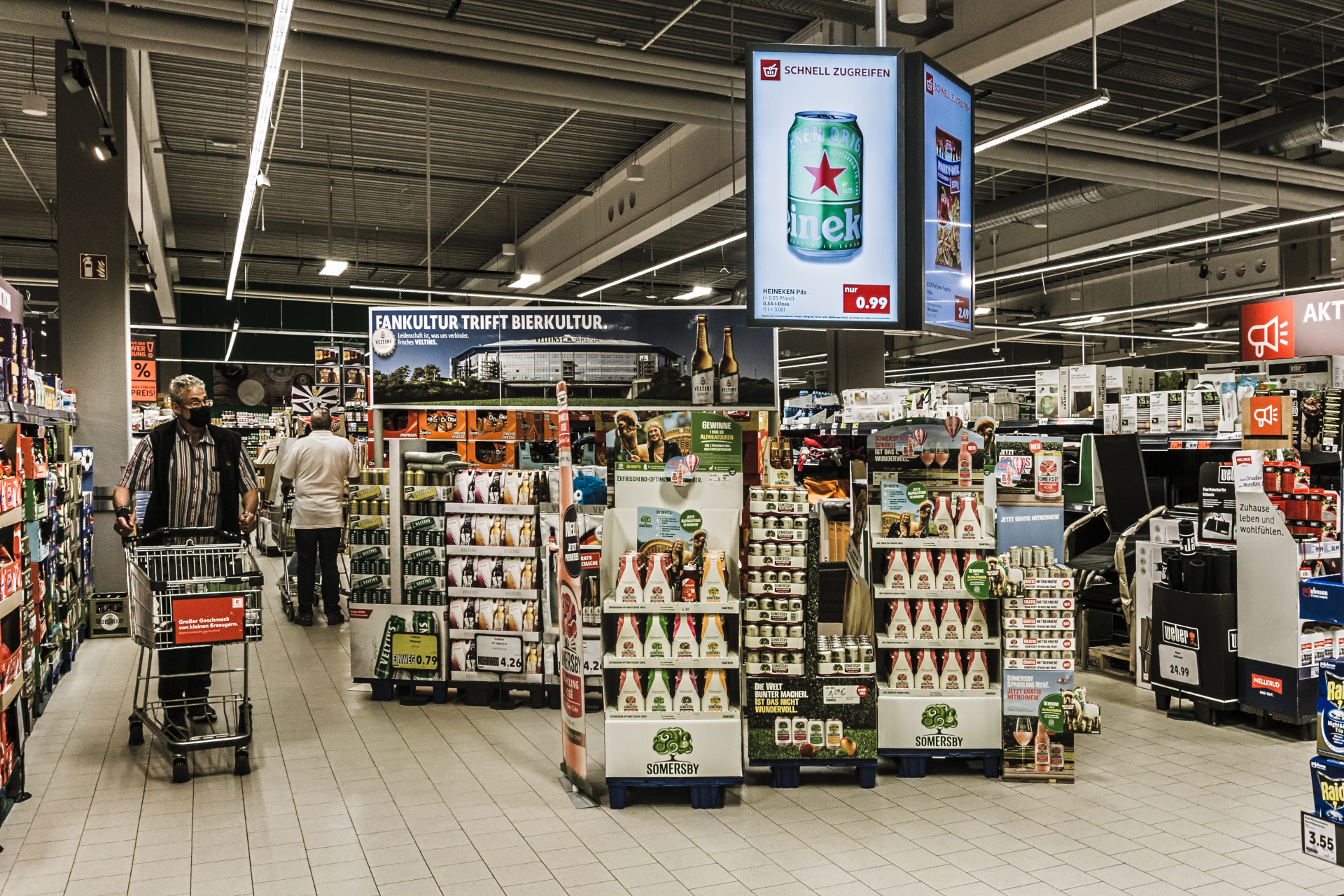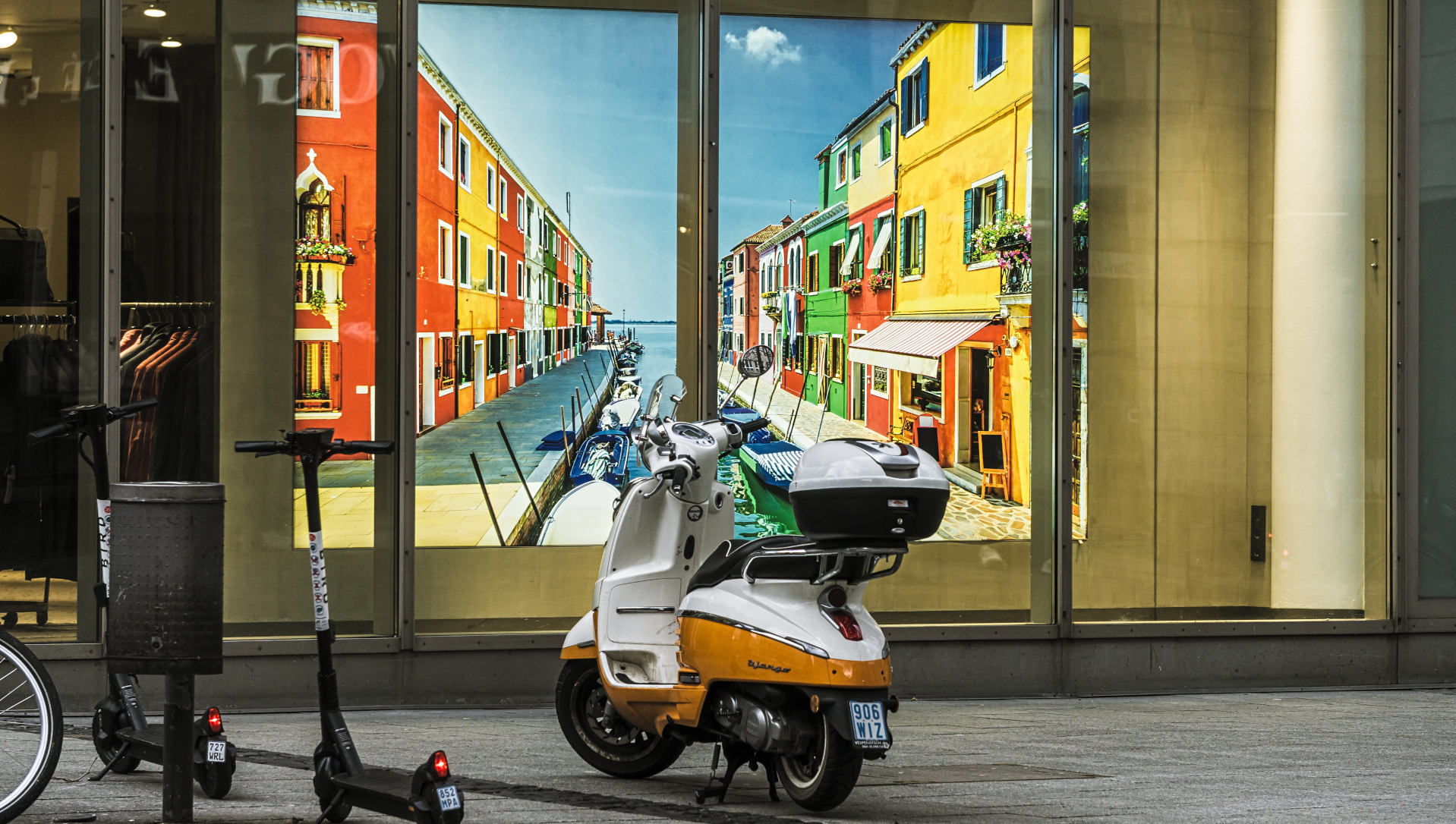Wollen Sie bessere Fotos machen?
Hier werden alle wesentlichen Faktoren vorgestellt, welche die Erstellung wirkungsvoller Fotos in systematischer Weise ermöglichen.
Man findet im Internet eine Vielzahl von Webseiten und Fotobüchern, die Tipps zur Anfertigung besserer Fotos geben. Immerhin zeigt sich darin der Wunsch nach dem guten und besseren Foto. Oder gar das Streben nach anspruchsvoller Fotokunst. Jeder Mensch (also auch Fotograf) ist ein Künstler, jedenfalls nach Joseph Beuys. Und damit sind wir schon bei einem der vielen Hindernisse auf dem Weg zu besseren Fotos. Der Vorstellung, dass anspruchsvolle und gute Fotografie Kunst sein müsse. Das verstellt den Blick auf die Vielfalt und die besonderen Stärken von Fotografie.
Der Aufwand beim Fotografieren ist erheblich. Daher wird bei Fotoapparaten gerne auf die Leichtigkeit der Bedienung verwiesen. Und tatsächlich sind hier von der Fotoindustrie große Fortschritte erzielt worden.
Die Optimierung des eigenen Fotografierverhaltens und das Nachdenken über das, was man da eigentlich tut, bringt aber viel mehr Zeitersparnis und erhöht die Produktivität tatsächlich enorm. Wer das begriffen hat, kann sogar mit der umständlichen Analogtechnik produktiv fotografieren. Tatsächlich verwenden einige meiner kreativsten Flickr-Kontakte nicht nur Digitalkameras, sondern auch noch alte Analogkameras. Ein Phänomen.
Quälen Sie sich mit künstlerischen und ästhetischen Ansprüchen?
Bevor ich überhaupt mein erstes Foto schoss, las ich Andreas Feiningers – Die neue Foto-Lehre. Econ, Düsseldorf/Wien 1965. Der fototechnische Teil war gut gemacht und ich war dann auch gerne bereit, seine künstlerische Auffassung von Fotografie zu übernehmen. Ich schaffte mir eine Dunkelkammer an, entwickelte und vergrößerte in Schwarzweiß. Die Resultate waren für damalige Verhältnisse vielleicht gar nicht schlecht. Von Produktivität konnte jedoch keine Rede sein. Heute mache ich in einer normalen Woche bei mäßigem Aufwand viel mehr gute Fotos als damals im ganzen Jahr. Feiningers Fotobestseller hat mir nichts genutzt. Höchstens Unzufriedenheit mit meiner damaligen Ausrüstung produziert.
Das typische Fotobuch, wie wir es auch noch heute finden. Nur dass in aktuellen Fotobüchern die Beschreibung der Analogtechnik durch Ausführungen zur Digitaltechnik ersetzt wurde. Die Tipps der Autoren reflektierten wohl ihre individuellen Erfahrungen als erfolgreiche Fotografen. Nicht wirklich übertragbar. Schwer anzuwenden.
Wie ein Lichtblick erschien mir später das Werk von Harald Mante – Bildaufbau. Otto Maier Verlag, Ravensburg 1969. Darin wurden geometrische Grundformen in systematischer Form als Bestandteil von Bildkompositionen aufgeführt. Ich weiß noch, wie ich nach dem mehrmaligen Lesen des wunderschön gestalteten Buchs loszog, um solche geometrischen Strukturen in der Realität zu finden und zu nutzen.
Fehlanzeige. Heute weiß ich, warum mir diese an Kunst orientierten Werke von Feininger und Mante nichts genützt haben. Sie sind wie auch heute die meisten Fotobücher auf nur einen Aspekt der fotografischen Gestaltung fixiert gewesen. Den künstlerisch formalen Aspekt. Dazu noch mit einseitigem Kunstverständnis der Bauhauslehre. Das wird aber der Komplexität des fotografischen Prozesses nicht gerecht. Die vorrangige Suche nach formalästhetischen Strukturen behindert nur den Blick auf die Realität. Eine sinnvolle Anleitung für das Fotografieren muss alle Faktoren und Dimensionen berücksichtigen, die zur Erstellung eines Fotos beitragen.
Empfinden Sie diese ganze Fototechnik als Hürde, die unbedingt bewältigt werden muss?
Grundkenntnisse in der Fototechnik sind eine notwendige Bedingung für das Fotografieren. Aber sie sind nicht hinreichend, um gute Fotos zu machen. Ich bin kürzlich im Internet auf einen Technikspezialisten gestoßen, der Seminare an Hochschulen zu dem Thema gibt. Danach habe ich seinen Foto-Stream auf Flickr gefunden. Enttäuschend. Aber das sehe ich nicht negativ. Für Technikspezialisten ist Fotografie ein technisches Wissensgebiet oder technisches Hobby. Und sie leisten einen wertvollen Beitrag zur Verbesserung der fotografischen Möglichkeiten. Die Fototechnik ist ein umfangreiches Wissensgebiet. Es kann sich jemand ein Leben lang erfolgreich damit beschäftigen, ohne ein einziges interessantes Foto zu machen. Als Beispiele können auch die langweiligsten Fotos dienen.
Genau wie die Fixierung auf künstlerische Formalien versperrt auch die vorrangige Beschäftigung mit Fototechnik den Blick auf das Ganze. Und erst der Überblick über alle fotografischen Möglichkeiten und deren Stellenwert innerhalb einer Gesamtsicht ermöglicht gute Fotos, die nicht nur durch Zufall entstehen.
Aber das Internet und der Buchhandel sind voll von technikorientierten einseitigen Publikationen. Die Autoren merken das allerdings selbst und geben dazu noch ein paar eher beliebig und unsystematisch zusammengestellte Gestaltungstipps. Und das reicht gerade nicht. Vermittelt höchstens Illusionen.
Suchen Sie Ihren Erfolg in der Nachahmung erfolgreicher Fotografen?
Wir stehen als soziale Wesen unter dem Einfluss von Vorbildern, Gesetzen, Verhaltensnormen, Massenmedien und Werbung. Alle Lebensbereiche und somit auch das Fotografieren sind davon betroffen. Fotografien vermitteln und bestimmen ein Teil unseres Weltbildes. Und erregen daher auch das Interesse von Manipulateuren und Influencern aller Art. Der Mensch hat eine Tendenz zur Nachahmung und verhält sich gerne konform zur Mehrheit. Entsprechend folgt er der jeweiligen Mode und übernimmt auch das vorherrschende Weltbild. Man sieht das an der Beliebtheit von bestimmten Fotomotiven und an der stereotypen und klischeehaften Art und Weise, wie diese fotografiert werden. Stereotypen und Ideologien ersetzen das eigene Denken und verhindern zuverlässig Eigenständigkeit, einen eigenen Stil und Kreativität.
Allerdings können Stereotypen auch bewusst und gezielt eingesetzt werden, um bestimmte Wirkungen oder Aussagen zu erzielen. Das Arbeiten mit den Stereotypen ist ein interessanter Bereich. Es kommt auch hier wieder auf die Einordnung in eine Gesamtsicht von Fotografie an und auf die Intentionen, die man verfolgt.
Eine rationale Sicht des fotografischen Prozesses macht den Weg zu kreativen Fotos frei
Rationale und systematische Betrachtungen werden oft als Gegenteil von Kreativität und Intuition gesehen. Das trifft auf die Systematik, die hier vorgestellt wird, nicht zu. Es handelt sich vielmehr um einen umfassenden Raster, welcher die Kreativität fördert. Eine Spielwiese von Möglichkeiten. Ohne starre Regeln und Wertungen. Ein Kreativ-System oder Designsystem, welches das Auffinden neuer und ungewöhnlicher Ideen begünstigt. Mittel einer kombinatorischen Kreativität. Deswegen bezeichne ich es auch als heuristisches System. Heuristik als das systematische Experimentieren und Sammeln von Erfahrungen. Mit dem Ziel, das eigene Können und die Resultate zu verbessern.
Bilder sagen mehr als 1000 Worte. Jede Menge Fotos finden Sie auf meinem Flickr-Stream
Die Fotos stehen unter CC BY – Namensnennung-Lizenz.
Neue Webseite conceptphoto.info
Die neue Seite ist in Englisch verfasst und enthält derzeit weniger Informationen als die aktuelle Seite. Wird aber ausgebaut.
